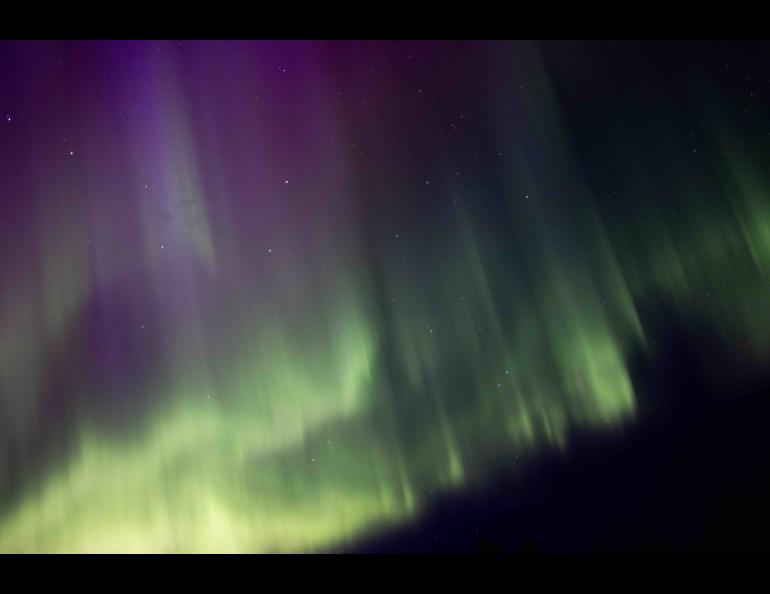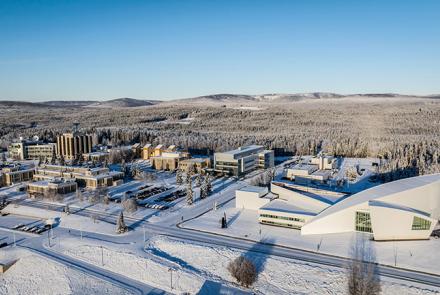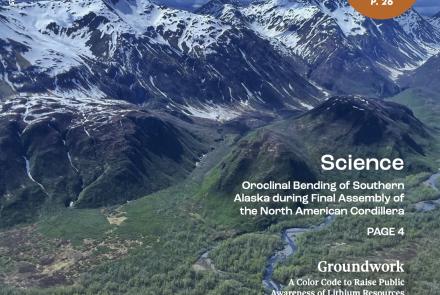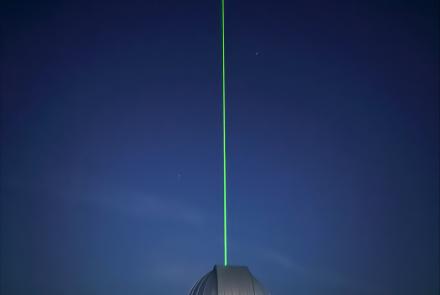
Triple blast of solar activity sets stage for active aurora show
An unusual triple-whammy of solar outbursts, including one scientists call a cannibal, began hitting Earth this afternoon and is likely to bring the curtain up on spectacular aurora performances starting tonight.
Events like this bring a risk of radio blackouts and satellite damage, according to the Space Weather Prediction Center of the National Oceanic and Atmospheric Administration.
The triple-hit could create aurora visible through much of the northern half of the United States.
“The combined effect of all three of these is highly unusual, something that would only occur a few times in each 11-year solar cycle,” University of Alaska Fairbanks physics professor Mark Conde said.
“The one that erupted Tuesday morning is traveling at the highest speed I’ve ever seen,” he said. “Taken together, space scientists predict a high likelihood of spectacular aurora on Tuesday and Wednesday nights, visible from polar to mid-latitude regions.”
Here’s what going on:
Coronal mass ejections, CMEs, from massive X-class flares that erupted Sunday and Monday will merge into one, with the second one overtaking and consuming the first one to create what scientists call a cannibal CME. X-class flares are the most intense class, creating CMEs that can cause disruptions to satellites and ground-based systems.
Solar flares are classified by how much X-ray energy they release. The weakest are A class and the strongest are X class. In between are B, C and M, with each being a tenfold increase in intensity.
For X-class flares, the number following the X represents a multiplier. For example, an X5 flare is five times as intense as an X1 flare.
Sunday’s X1.7 flare was followed by Monday’s X1.2 flare, according to the Space Weather Prediction Center.
The third CME, which the sun blasted out early Tuesday, was launched by an X5.1 flare and is traveling at the extremely high rate of 1,400 kilometers per second, or 870 miles per second or 3.13 million miles per hour.
“Confidence in an Earth-component to the most recent CME is high, while timing has a moderate level of certainty,” the Space Weather Prediction Center posted at 8:21 a.m. Alaska time today.
• Mark Conde, University of Alaska Fairbanks Geophysical Institute, 907- 474-7741, mgconde@alaska.edu
• Rod Boyce, University of Alaska Fairbanks Geophysical Institute, 907-474-7185, rcboyce@alaska.edu





